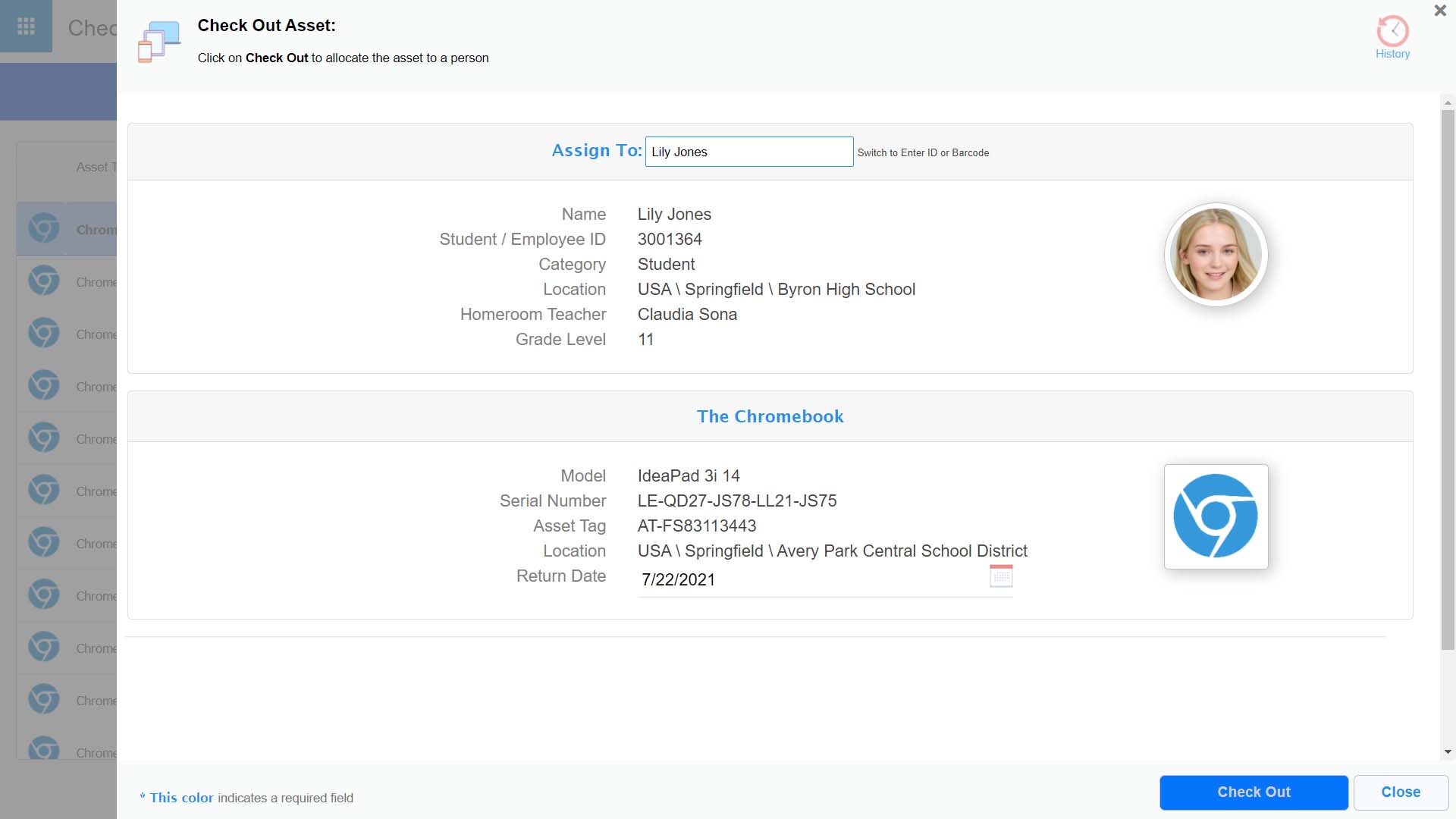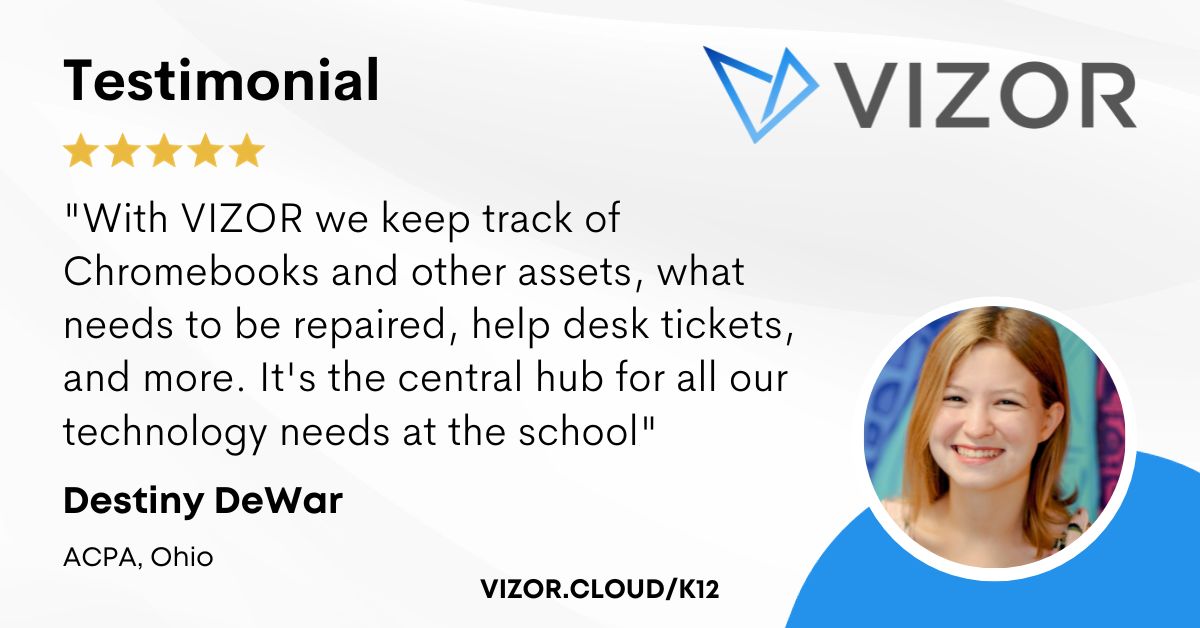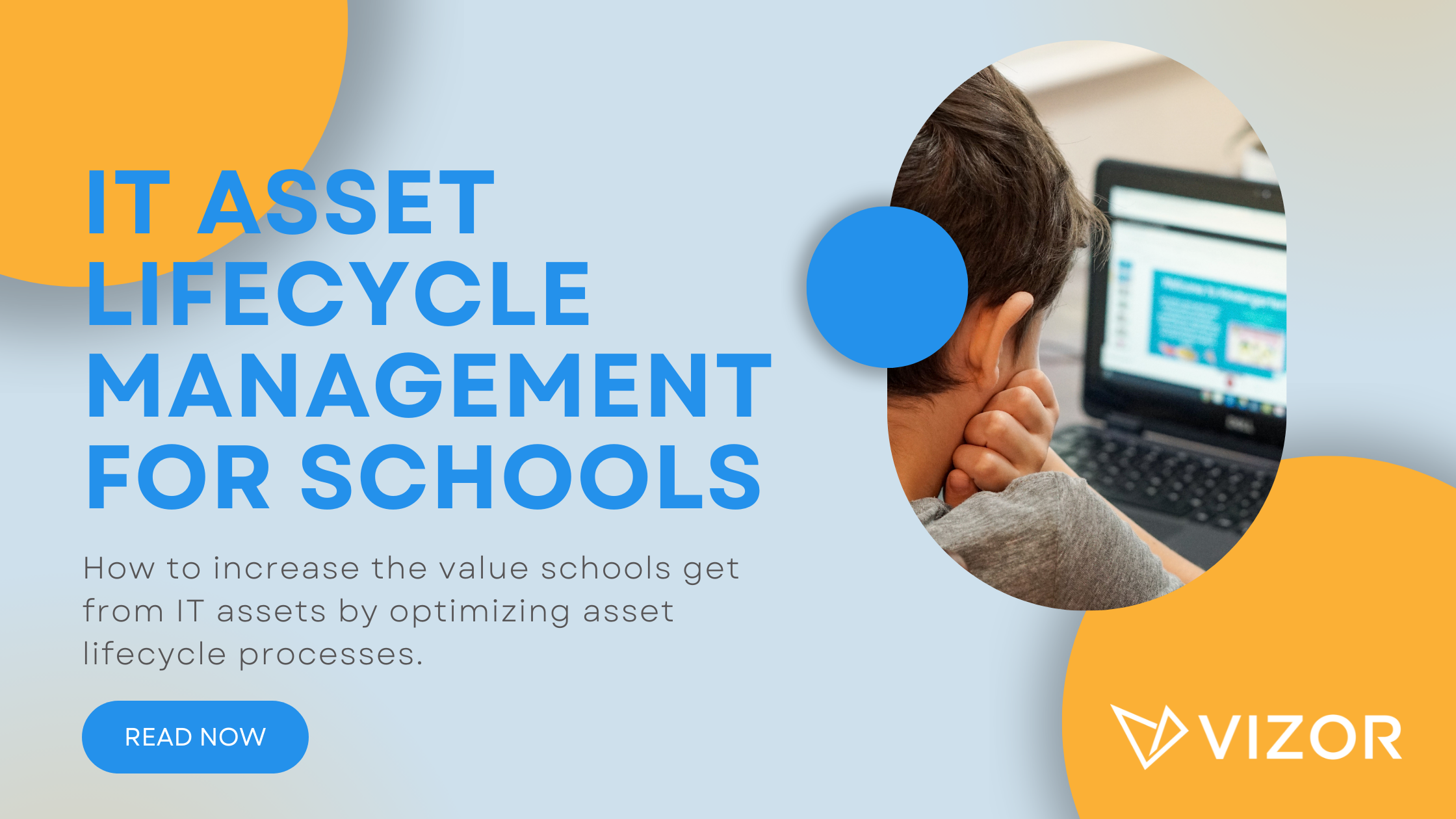Why an IT Asset Management System is Essential for Managing 1:1 Devices in School Libraries
To support digital learning, many schools are implementing 1:1 device programs, where each student is provided with a device such as a laptop or tablet to use for learning and research. This can greatly enhance the educational experience for students providing them with access to a wide range of digital resources. However, managing and tracking these devices can be a significant challenge for school libraries.
Traditionally, libraries have used library management systems to track and manage their resources. However, these systems are not designed to handle the specific needs of 1:1 device programs. They lack the flexibility and automated functionality needed to effectively manage and track a large number of devices, such as Chromebooks and iPads.
On the other hand, an IT asset management system is specifically designed to track and manage such IT assets. Such solutions allow librarians and media specialists to easily track the allocation, location and status of devices. Moreover, a K-12 specific ITAM solution, such as VIZOR, integrates with existing systems in the school district such as Google admin and the district’s SIS (Student Information System). Such integrations remove the need to cross reference data in multiple systems.
With an asset management system, librarians can easily implement check-out procedures, streamlined with barcode readers. This provides librarians and media specialists with the ability to delegate device check-out procedures to teachers, and even students via self-service kiosks.

Additionally, an asset management system can automate many of the tasks associated with device management such as loaner return notifications, calculation of repair fees and remotely disabling lost or stolen devices. Such automations can save librarians a significant amount of time, allowing them to focus on other important tasks.
Another benefit of an asset management system is its ability to track purchasing data such as funding grants used to acquire devices. This data can be used for audits, enforcement of funding requirements, device rotation planning and to assess the overall effectiveness of the 1:1 device program.

Key points
- Library management systems are not designed for the specific needs of K-12 1:1 device programs lacking flexibility and automated functionality.
- An IT asset management system is specifically designed to track and manage IT assets and can handle the specific needs of 1:1 device programs.
- With an ITAM solution, librarians can easily track the allocation, location and status of devices, and delegate check-out procedures to teachers or students.
- Automations such as loaner return notifications and calculation of repair fees can save librarians time.
- An ITAM system can track purchasing data and provide insights into the device lifecycle and rotation planning.
- Self-service kiosks give teachers and students the ability to check-out devices independently.
- School libraries should consider using an IT asset management system instead of a library management system to manage and track 1:1 devices.
In conclusion, an IT asset management system is a more effective solution for managing and tracking 1:1 devices in school libraries. Such systems provide the process automation needed to effectively manage a large number of devices. Therefore, school libraries should consider using an IT asset management system such as VIZOR, instead of a library management system to manage and track 1:1 devices.
How to simplify student device management in your school.
Need a School IT Asset and Device Management Solution?
- Google Admin Sync
- Simplify 1:1 Initiatives
- Track Device Repairs
- Barcode Check-In/Check-Out





